The Power Of The James Webb Telescope
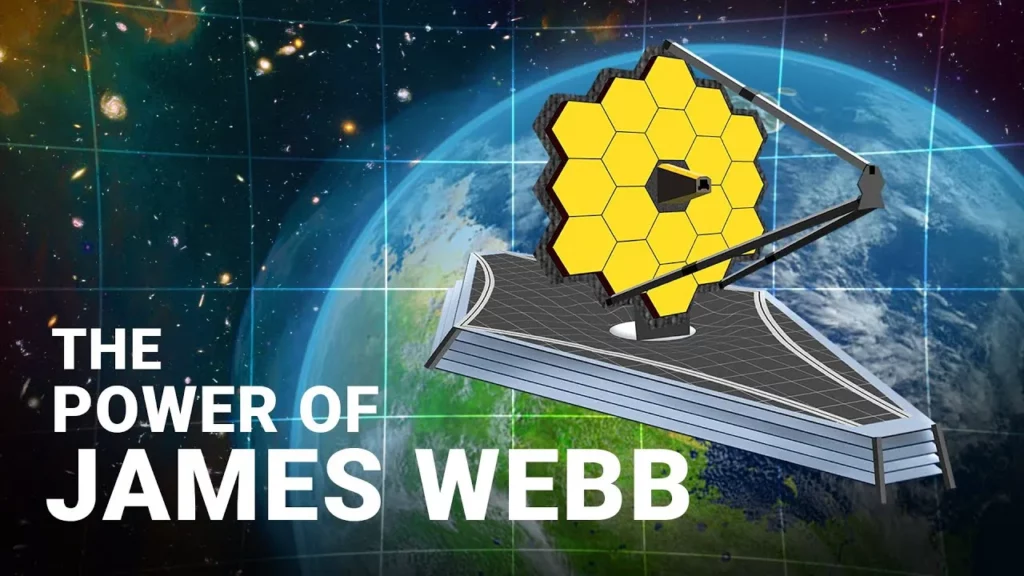
The lesson highlights the significance of the James Webb Space Telescope (JWST) as a successor to the Hubble Space Telescope, emphasizing its ability to observe the universe in infrared wavelengths, which allows it to see further back in time and through dust clouds that obscure visible light. With its larger mirror and advanced technology, JWST aims to discover and study distant Earth-like planets, providing insights into their atmospheres and the potential for life beyond our planet. As we anticipate its launch, the JWST promises to unlock new mysteries of the universe and enhance our understanding of cosmic phenomena.
The First City On Mars
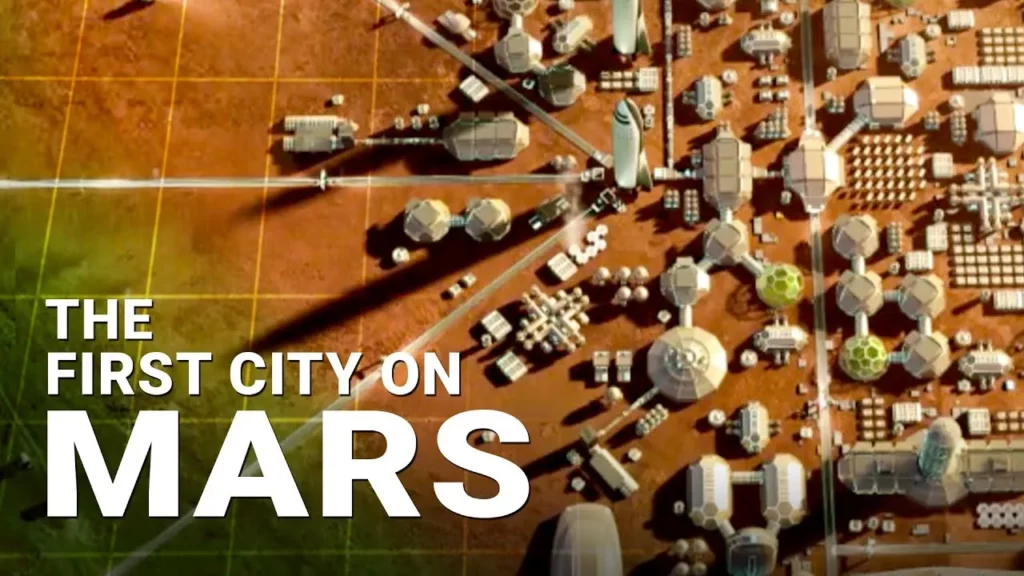
The lesson explores the ambitious vision of establishing the first human city on Mars, spearheaded by SpaceX and Elon Musk. It discusses the challenges of creating a safe living environment, utilizing Martian resources, and developing a legal and economic framework for settlers, all while learning from historical colonization experiences on Earth. Ultimately, it highlights the potential for future generations to adapt to life on Mars, transforming it into a new home.
China’s Rocket Dropping Habit
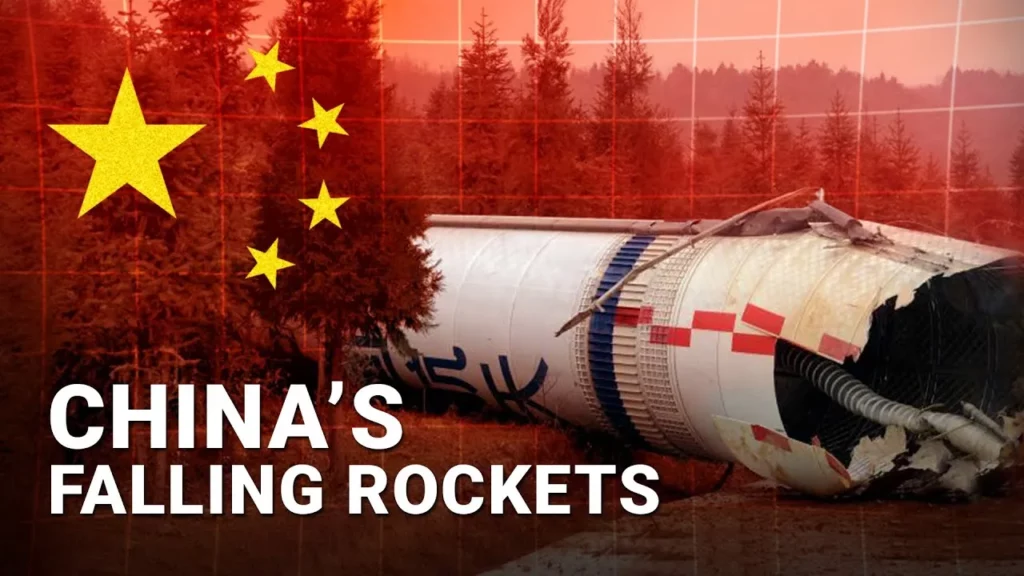
The lesson discusses China’s advancements in space exploration, particularly its historic lunar landing in 2019, while highlighting safety concerns associated with launching rockets over populated areas. It explains the historical context of China’s space program, the rationale behind choosing inland launch sites, and the resulting incidents of rocket debris landing in residential areas. To address these safety issues, China is developing new launch sites and technologies aimed at improving the safety and reliability of its space missions.
China’s Space Station Ban
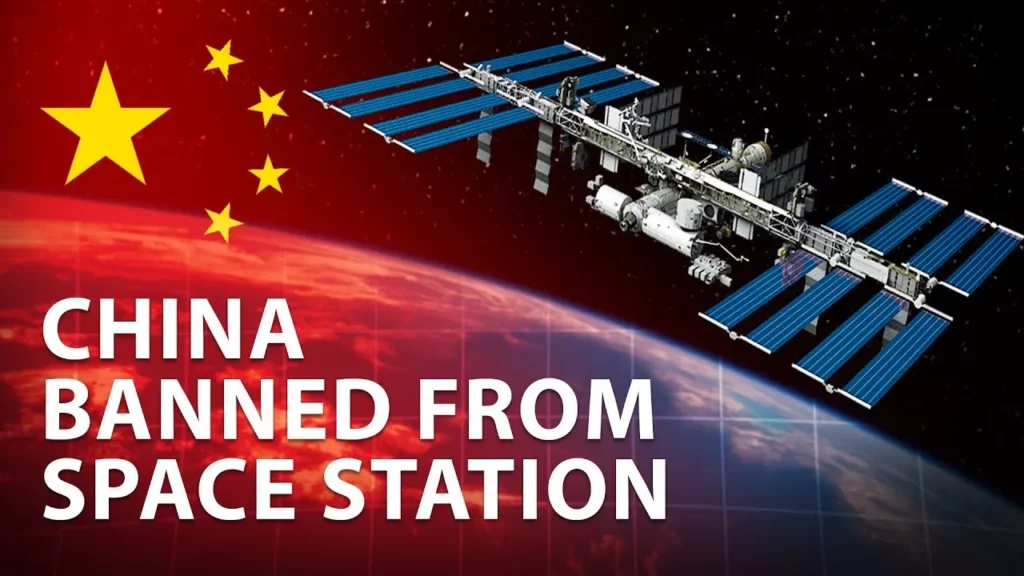
The lesson discusses China’s exclusion from the International Space Station (ISS) program, highlighting the historical context of international space collaboration and the geopolitical tensions that led to this decision. Despite being left out, China has made significant advancements in its own space program, achieving milestones such as landing on the far side of the Moon and developing its own space station. The lesson emphasizes the importance of global cooperation in space exploration, suggesting that future collaborations may still be possible despite current political barriers.
What Will Space Tourism Be Like?
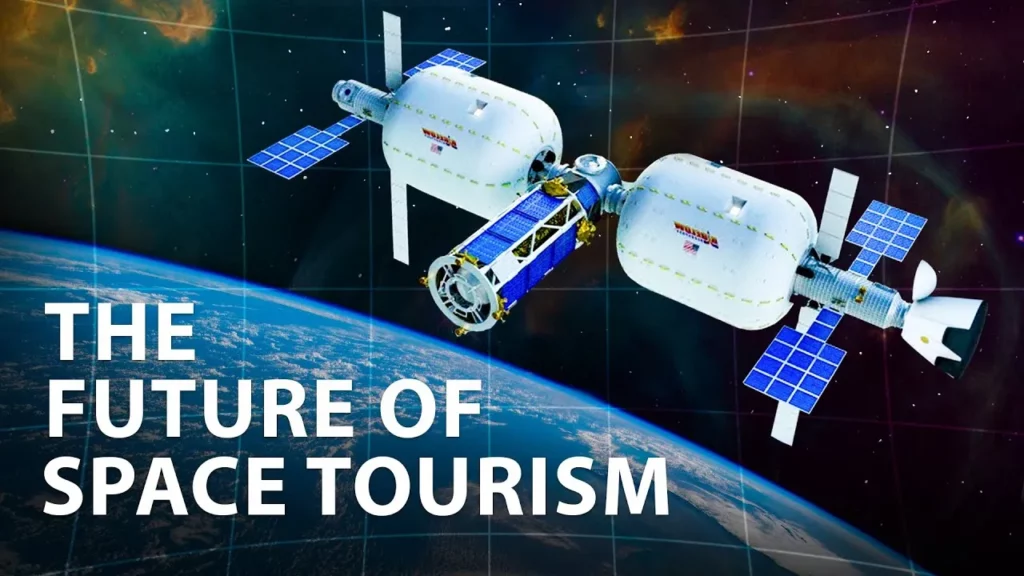
The lesson explores the evolution and future of space tourism, highlighting key milestones such as Yuri Gagarin’s historic flight and Dennis Tito’s journey as the first space tourist. It discusses the advancements in reusable rockets and private space travel companies, which aim to make space more accessible, albeit still at a high cost. Innovations in space habitats, like inflatable modules, could further reduce expenses and pave the way for a new era of exploration, potentially allowing more people to experience the wonders of space in the near future.
NASA’s Baffling Engine Problem
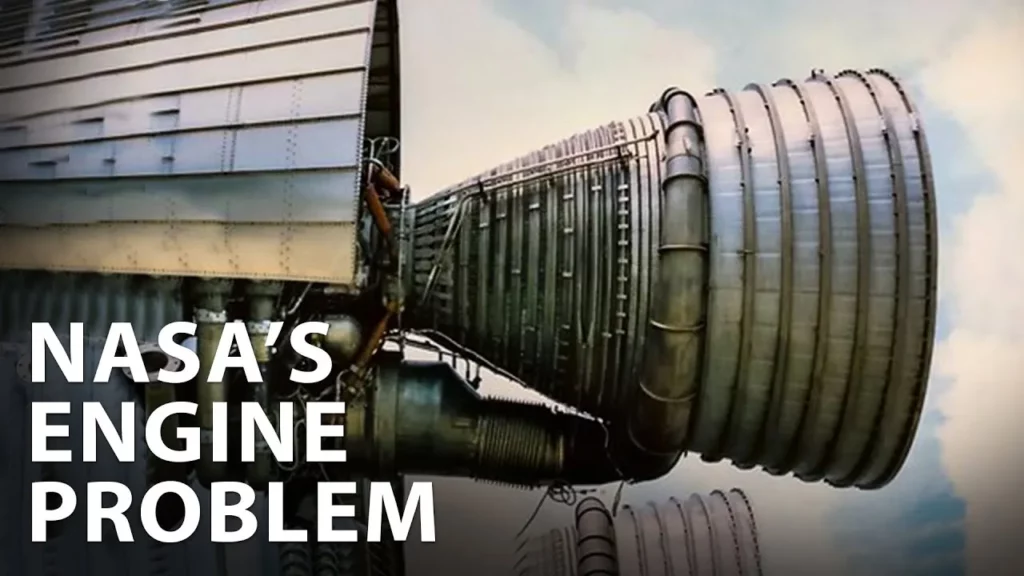
In the 1960s, NASA faced significant challenges in developing the F1 engine for the Saturn V rocket, which was essential for landing a man on the Moon. The primary issue was combustion instability, which caused destructive pressure fluctuations during engine tests. Engineers innovatively redesigned the injector plate by incorporating baffles to stabilize combustion, ultimately leading to the successful operation of 65 F1 engines that propelled astronauts into space, showcasing human ingenuity in overcoming complex engineering obstacles.
The Largest Rocket Never Launched
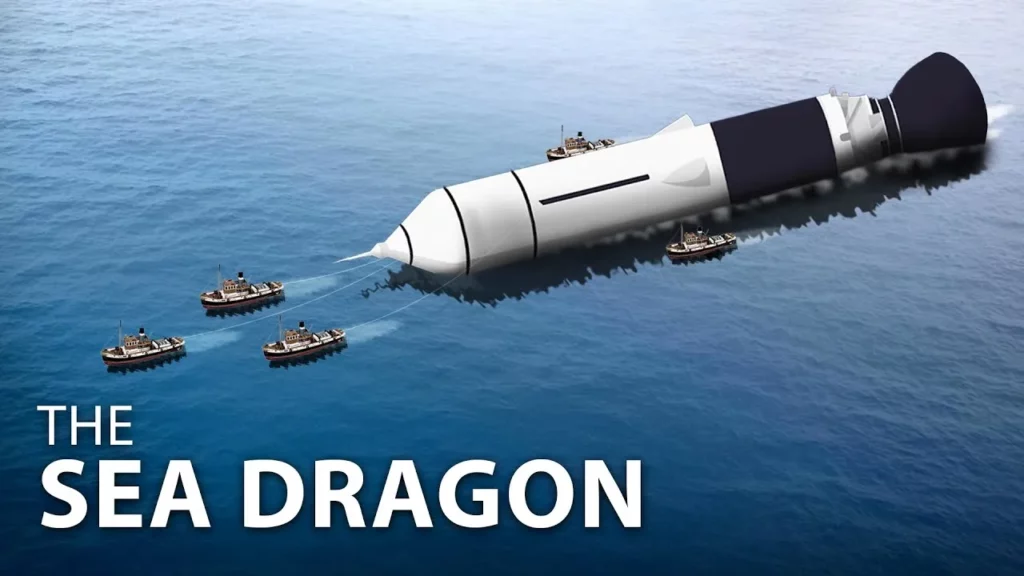
The lesson discusses the Sea Dragon, an ambitious two-stage rocket designed by engineer Robert Truax in the 1960s, which aimed to revolutionize space travel with its cost-effective and reusable design. Despite its potential to produce over 79 million pounds of thrust—significantly more than the Saturn V—the Sea Dragon never progressed beyond the planning stage due to budget cuts and technical challenges. Nonetheless, its innovative concepts have left a lasting legacy, influencing modern rocketry, including projects like SpaceX’s Starship.
How Long Does Curiosity Have Left?
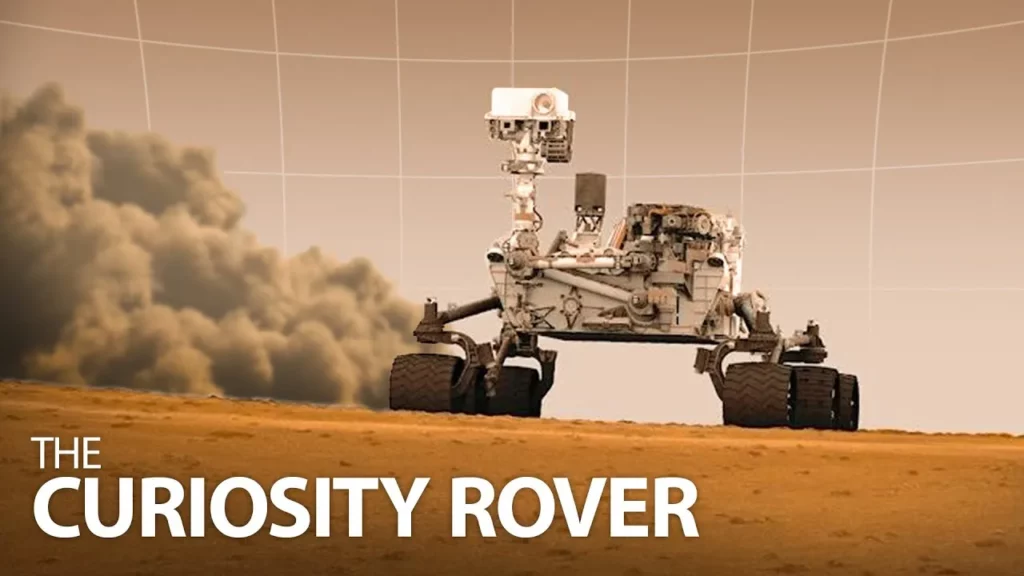
The lesson discusses the remarkable journey of NASA’s Curiosity rover, which landed on Mars in 2012 and has been exploring Gale Crater for signs of ancient water and potential microbial life. Despite facing challenges such as rough terrain and limited power, Curiosity has made significant discoveries, including organic compounds that suggest the possibility of past life on Mars. As its power supply diminishes and Martian weather poses threats, the rover’s mission will eventually come to an end, but it has already provided invaluable insights into the planet’s history.
Why SpaceX Bought An Entire Village
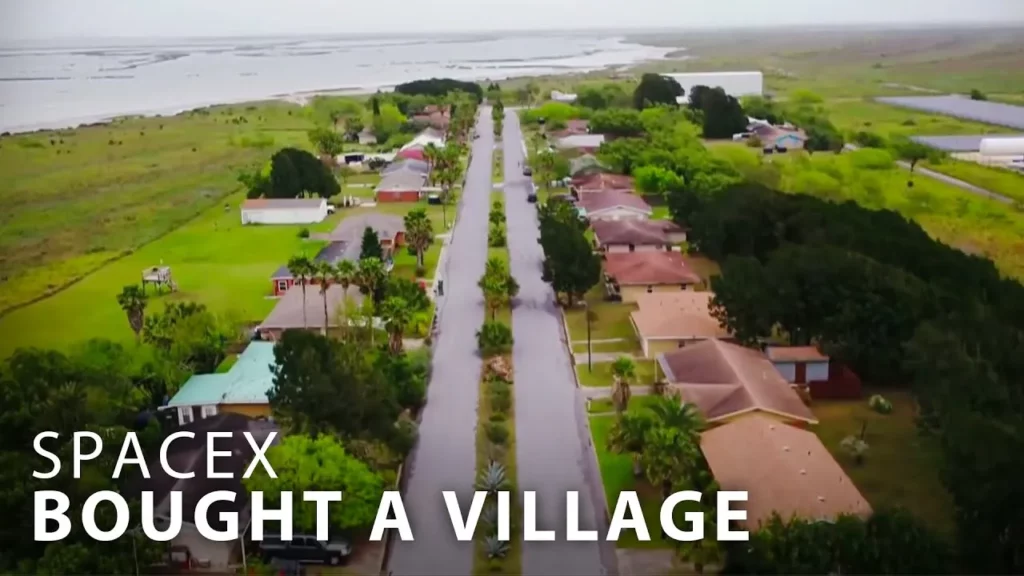
In 2012, SpaceX sought a new location for its rocket launching operations and chose Boca Chica, Texas, due to its inexpensive land, proximity to the sea, and low population density, despite the area’s lack of infrastructure. After initially facing delays, SpaceX began testing its Starhopper rocket, which raised concerns among residents about safety, prompting the company to buy properties in the village at generous prices to address these issues. As negotiations continue, SpaceX aims to consolidate the area for its ambitious plans, significantly altering the community’s landscape and future.
NASA’s Secret Weapon
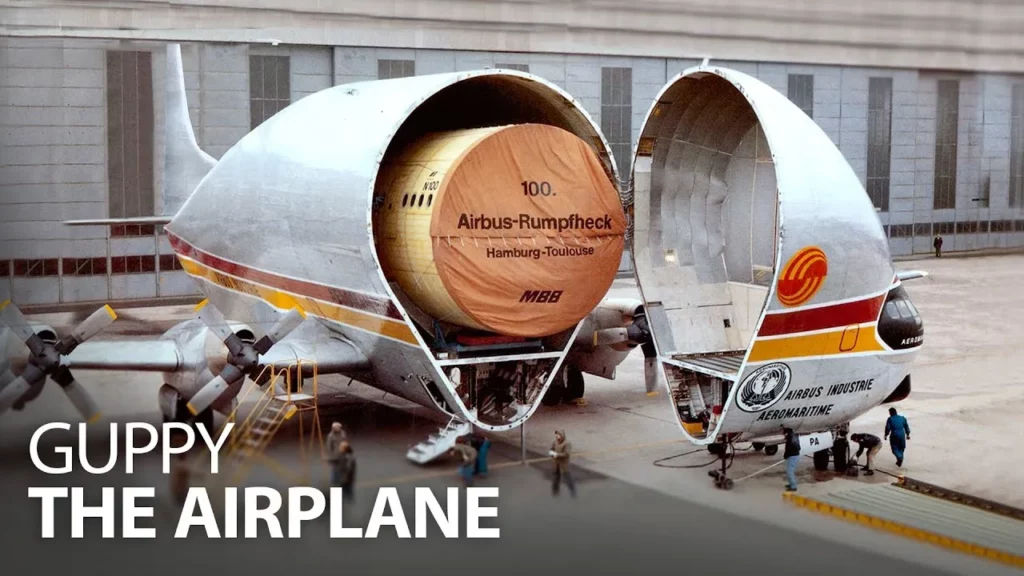
The lesson highlights the crucial role of the Guppy aircraft in NASA’s Apollo program, particularly in transporting large rocket components efficiently. Originally modified from older Boeing planes, the Guppy significantly reduced transportation time from 20 days to just 18 hours, enabling timely assembly and launch of the Saturn V rocket. Its success led to the development of the Super Guppy, which further enhanced NASA’s capabilities and left a lasting legacy in aerospace transportation.